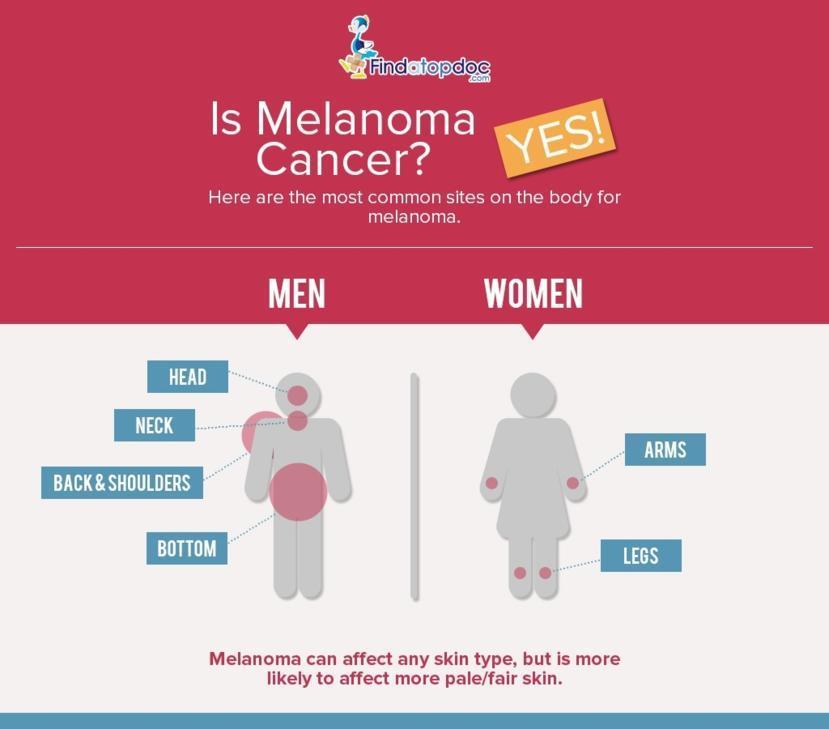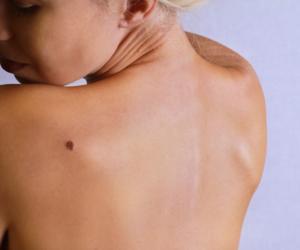How Can Skin Grafting Treat Melanoma?

What is melanoma?
Melanoma is a type of skin cancer that affects the melanocytes or the skin cells that contain the pigment melanin. It is caused when long or repeated exposure to UV radiation damages the DNA of these skin cells and causes them to divide uncontrollably forming a malignant tumor. While this type of skin cancer is not as common as the others, it is the most dangerous one, which has a higher death rate than other types of skin cancer.
Melanomas are usually treated by surgically removing the tumor and then depending on the stage of development of cancer, additional treatments such as radiation and chemotherapy might be used.
Skin grafting may be needed to cover the area where the melanoma was removed, especially if the lesion or tumor is large and deep. The skin graft itself does not treat melanoma but rather patches the wound that is left after the removal of the cancerous lesion. Skin grafts work in two ways:
- It helps reduce the time of hospitalization.
- It improves the appearance of the skin as it heals.
An open wound on its own heals very slowly, and as it heals, it forms a scar that has a different color and texture compared to a healthy skin.
Note that, in a skin grafting procedure, the skin graft does not always have to be obtained from another person. In most cases, the doctor obtains the skin graft from the patient itself, which has fewer chances of causing rejection and skin graft failure.
Is skin grafting routinely used for melanoma treatment?
Estimates show that less than 10 percent of melanoma cases require skin grafts. Some melanoma cases have small and shallow lesions, which make skin grafting unnecessary. Many cases need nothing more than a biopsy, which removes small and very shallow melanomas. Moreover, this procedure only requires stitching to close the wound.
Skin grafting may be considered if the doctor decides to perform a procedure called wide local excision (WLE). This procedure removes the melanoma lesion and the surrounding healthy skin around it. This reduces the chances of melanoma from recurring because it also removes healthy cells that may potentially become melanomas in the future. However, a wide local excision requires a skin graft to close the wound left behind.
The doctor will determine if you need a skin graft for melanoma removal.
How is skin grafting done?
The skin graft is often obtained from the patient itself. The doctor harvests it from areas of the body hidden by clothing, such as the buttocks or inner thigh. The area where the skin graft has been obtained heals quickly. Skin grafting is performed using general anesthesia, so you will be asleep and feel nothing during the entire procedure. The skin grafts can either be:
- Split thickness - consisting of epidermis and the top layer of the dermis.
- Full thickness - both epidermis and dermis.
After the removal of a melanoma lesion, the doctor (usually a surgical oncologist or plastic surgeon) first prepares the wound by cleaning and tying off blood vessels to stop the blood flow. Next, the donor skin graft is harvested and then spread on the bare wound to cover it. The graft is held on into place using a padded dressing with few small stitches. The donor area, where skin graft has been obtained, is covered with a non-stick sterile dressing for three to five days.
The success of a skin graft relies on the body’s ability to form new blood vessels into the new skin. The graft is deemed a success if the area heals well and there is no infection or tearing of the skin graft. If the skin graft fails for any reason, the doctor may repeat the procedure.
Aftercare Instructions
Because the skin graft must be carefully maintained, the procedure requires you to stay in the hospital for 1 to 2 weeks, especially for the removal of several large melanomas. The hospital stay also allows the body to rest so the wounds will heal properly. The dressings stay in place for around 4 to 7 days. If possible to your situation, the doctor may advise you to elevate the skin graft above the heart level to ease swelling.
During your stay, take care not to stretch or injure the graft, and take the prescribed medications and painkillers as needed. Do not put things such as ice packs, lotions, or creams on the graft without your doctor’s instructions. The doctor will tell you if it is all right for you to take a bath (sponge bath), which is usually around 2 to 3 weeks.
If you are recovering from a skin graft procedure, make sure to call your doctor if you experience any of the following conditions:
- Pain unrelieved by painkillers
- Bleeding
- If the dressing becomes loose
- If you feel that the graft is bulging or swollen
Be on guard for symptoms of infection such as increased drainage from the wound, presence of pus, and high fever.
Conclusion
Skin grafting by itself is not a treatment for melanomas but can be used in the post-surgery stage, if required. While surgically removing a melanoma tumor, there are some cases where the patient loses a large patch of skin leaving a wound that will not heal with just stitches. Because of the large size of the affected area, skin grafting may be required.
The skin that is to be grafted is most often taken from the patient itself to avoid rejection by the body. The skin is usually obtained from areas like the buttocks or inner thighs.
Following the skin grafting procedure, care must be taken to ensure that the graft has adhered well. The area where the graft has been added becomes very delicate immediately after surgery and must be allowed to heal well. Care must be taken not to bump or bruise the area in any way. Seek medical help if any complications such as swelling or bleeding occur. Both the area where the skin has been taken from and the area where it has been grafted need about two to three weeks to heal. Antibiotics will be given during this time to prevent any infection from developing and to help speed up the recovery process.

















